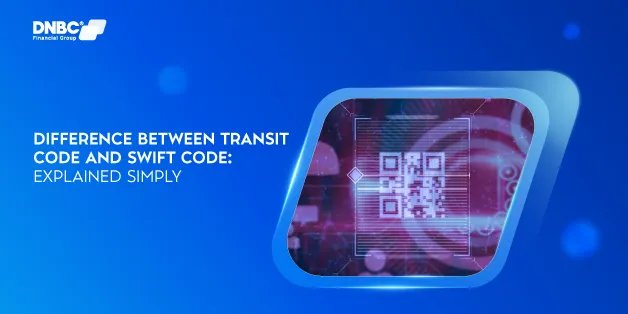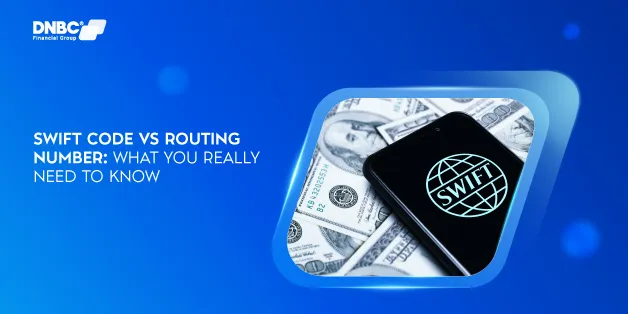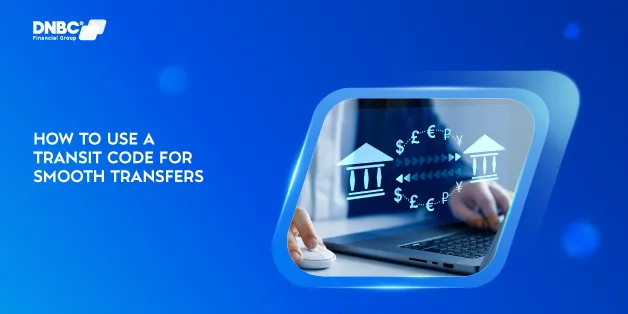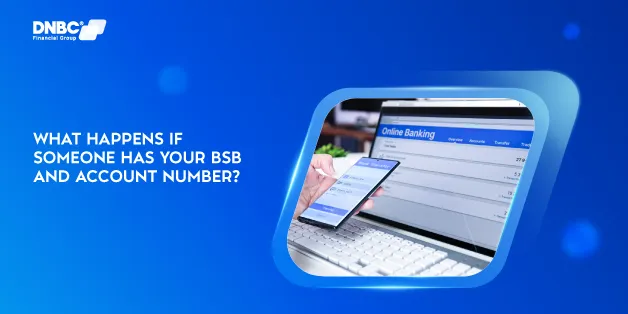- Home
- Blog
- Personal Finance
- What Is Routing Number? A Guide to Understanding Its Role
What Is Routing Number? A Guide to Understanding Its Role
Personal Finance
31 January 2025
DNBC Team
This article is a part of DNBCGroup Blog Center
Contact DNBCGroup for the technology news, tips, trends, and updates.
On the bottom left-hand corner of the majority of personal checks, you'll probably discover a 9-digit code, which is called a routing number. Routing numbers are used by financial institutions to direct the movement of money between accounts. Thus, when sending money inside the United States, you'll need to know this code.

What does Routing Number mean? And How to find it - DNBC Financial Group
How to Find a Routing Number?
For the purpose of standardizing the widespread use of paper checks, the American Bankers Association (ABA) established routing numbers. Besides your personal checks, You may locate these numbers on your bank's website, the ABA's online database. They are also known as ABA routing numbers or American Clearing House (ACH) routing numbers.
Where is the Routing Number on a Check?
The bottom of every bank check has both the bank's routing number and your individual account number. Every new client may also expect to get at least 1 complimentary checkbook.

There are 9 numbers in the lower left corner of your check that make up the routing number.
- Your account number is printed on your check, bottom center, to the right of the routing number. Your bank account is identified by its account number, which is a unique string of digits.
- There is a check number printed in the lower right-hand corner of each individual check to assist keep track of your financial transactions.
Magnetic ink character recognition (MICR) refers to the odd typeface used to print the number in electronic ink so that financial institutions can quickly and efficiently process checks.
Make sure you've entered the correct routing and account numbers since mistakes either might result in a failed transfer or the funds being sent to the incorrect account. Please inform your bank immediately if you discover an issue so that it may cancel the payment.
How to Find a Routing Number Without a CheckIf you have misplaced your checkbook, you may still get your bank's routing number by visiting the bank's website or contacting a local location.
However, it’s worth noting that for different banks and geographic areas, the routing number is different. Since a single financial institution may have many different routing numbers, it is important to verify that the number you were given when you created your account is the correct one. Here you will find a list of some of the most prominent national lending organizations, along with a link to their respective routing numbers.
- Bank of America, N.A.
- BB&T
- Capital One
- Chase Bank
- Citigroup Inc.
- Fifth Third
- First Republic
- HSBC
- Huntington National Bank
- KeyBank
- M&T Bank
- Regions Bank
- Santander
- SunTrust
- TD Bank
- Union Bank
- US Bank
- Wells Fargo
- Zions Bank
How to look up a bank with a Routing Number (ABA Search)
There is a search function on the ABA website where you may seek a bank by its routing number, simply enter the bank's name and address to get it.
Furthermore, you can get a check even if you don't know the name of the bank it was written on. As long as the Federal Reserve has the appropriate bank routing number and account number, the transaction may be processed. (That's why safeguarding your PAN with the same diligence you'd apply to your SSN is crucial).
What’s the Difference Between ABA and ACH Routing Numbers?
In technical terms, ACH routing numbers are used for electronic deposits and withdrawals, whereas ABA routing numbers are used for physical checks. Both the Automated Clearing House (ACH) routing number and the American Bankers Association (ABA) routing number are used to facilitate electronic funds transfers and are frequently referred to by these names.
Both need a routing number, however, most big banks now use the same one for both. In contrast, regional banks often have their own ACH and ABA routing numbers. You may verify this with your bank, but it's safe to assume that these are the same if just one is given.
What’s the Difference Between ACH and Wire Transfers?
The acronym "ACH" stands for "automated clearinghouse transfer," which refers to an electronic money transfer between banks that is processed by a third-party clearinghouse. Wire transfers, on the other hand, are electronic funds transfers directly between banks. Here are some of the key differences between the two:
- Charging fee: The average fee for initiating and receiving a wire transfer is $15 to $65, whereas ACH transactions are free of charge.
- Types of transaction: As a result of the higher fees, wire transfers should be reserved for time-sensitive transactions or very big purchases. For routine purchases and payments, ACH is more than enough.
- Time: Due to the elimination of the need for clearing with a third party, wire transfers may be executed far more quickly than ACH transactions. When compared to ACH transactions, which may take several days, wire transfers can be completed in a matter of hours, if not minutes, after they are sent.
- Security: ACH payments often clear immediately, but wire transfers need verification by all participating banks before they are deemed cleared.
What are SWIFT and IBAN Codes?
Similar to how an ABA or ACH number identifies a bank in a domestic U.S. transaction, a SWIFT and IBAN code helps identify the bank in an international transaction.
In order to conduct financial transactions internationally, you will need an International Bank Account Number (IBAN). It's the same as your ordinary account number, but with some extra digits added, in a standard format used all around the world.
Both the SWIFT and IBAN standards were created with the goal of providing a standardized worldwide identifier for banks throughout the world. While domestic transactions in the United States are handled by the American Banking Association (ABA), American banks utilize the SWIFT system to receive and send money internationally.
About DNBC Financial GroupThe DNBC Financial Group is a financial organization that operates in the global financial market. It offers corporate and individual customers an intelligent digital payment system, a practical payment platform, and an easily accessible online money transfer/receipt service globally. The purpose of DNBC Financial Group is to simplify worldwide financial payments, ease day-to-day transactions, and ensure that customers always fulfill their payment goals.
Your Trusted Partner
In your Digital
Journey
Free 1 - on -1 support
Free account opening fees
No hidden fees
Note: The content in this article is for general informative purposes only. You should conduct your own research or ask for specialist advice before making any financial decisions. All information in this article is current as of the date of publication, and DNBC Financial Group reserves the right to modify, add, or remove any information. We don’t provide any express or implied representations, warranties, or guarantees regarding the accuracy, completeness, or currency of the content within this publication.
Related posts

Difference Between Transit Code and SWIFT Code: Explained Simply
01 October 2025

Swift Code vs Routing Number: What You Really Need to Know
01 October 2025

How to Use a Transit Code for Smooth Transfers
01 October 2025

What Happens If Someone Has Your BSB and Account Number?
01 October 2025

Sending Money from Australia to New Zealand: A Complete Guide
01 October 2025